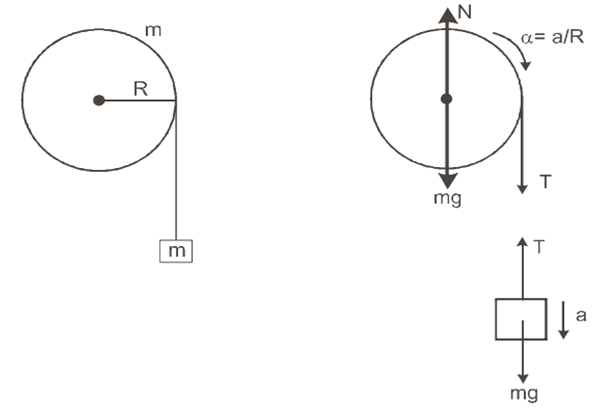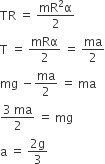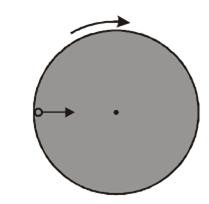A screw gauge gives the following reading when used to measure the diameter of a wire. Main scale reading : 0 mm
Circular scale reading: 52 division
Given that 1 mm on the main scale corresponds to 100 divisions of the circular scale. The diameter of wire from the above data is
-
0.052 cm
-
0.026 cm
-
0.005
-
0.52
A.
0.052 cm
Least count of screw gauge =1/100 mm = 0.01 mn
Diameter - Divisions on cirular scale × least count + main scale reading = 52 × 1/100 + 0
100 = 0.52 mm
diameter = 0.052 cm









